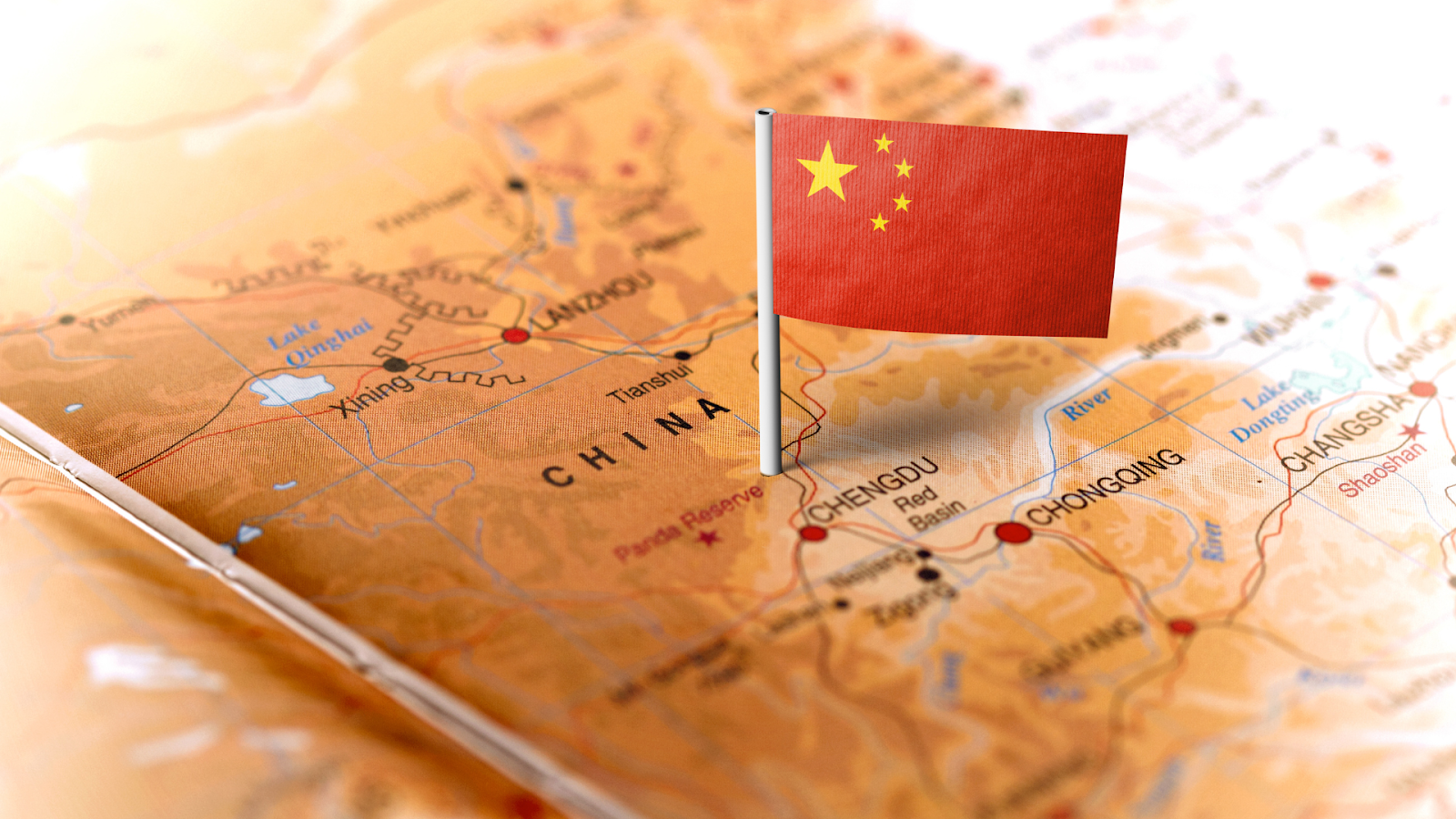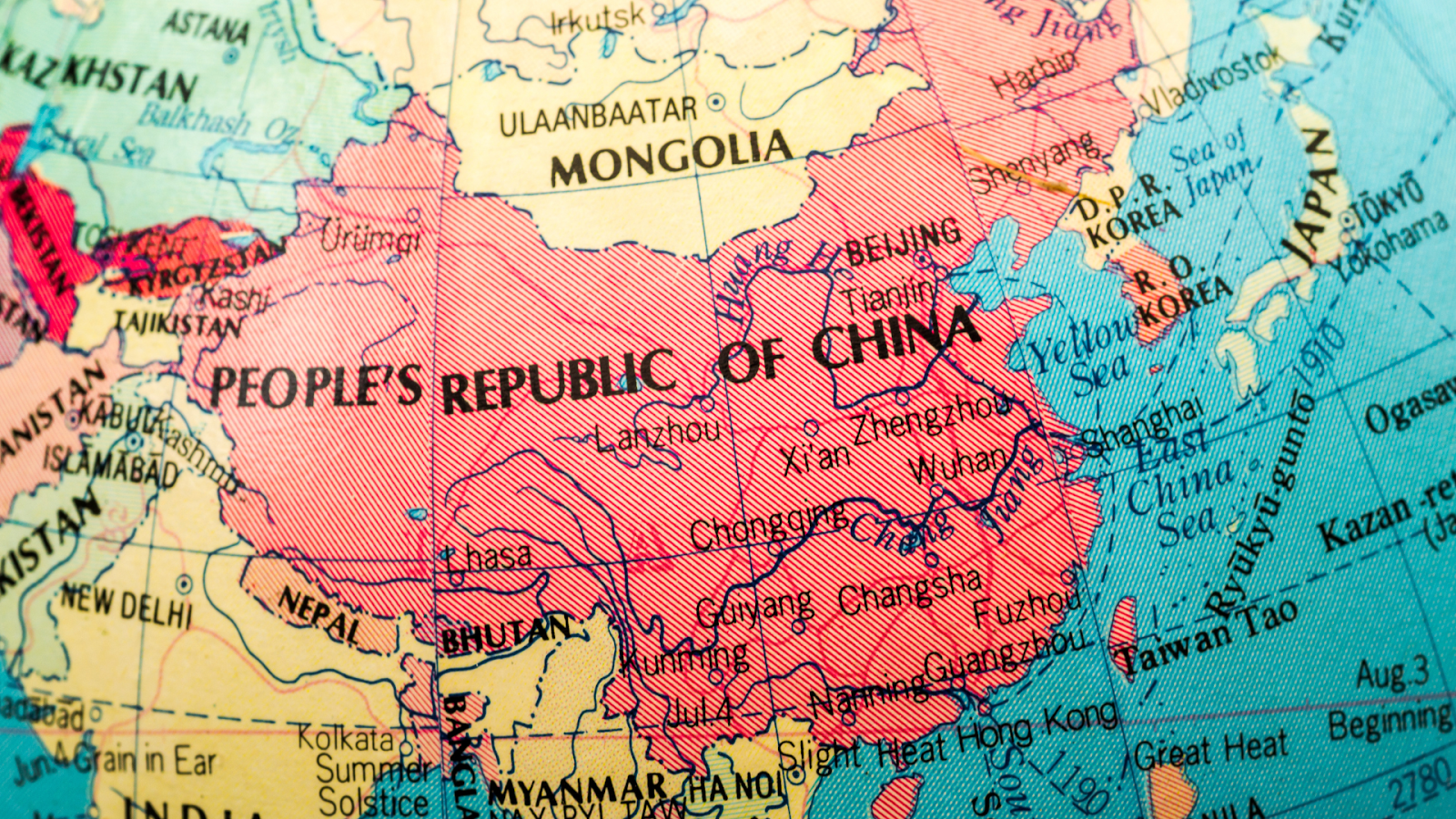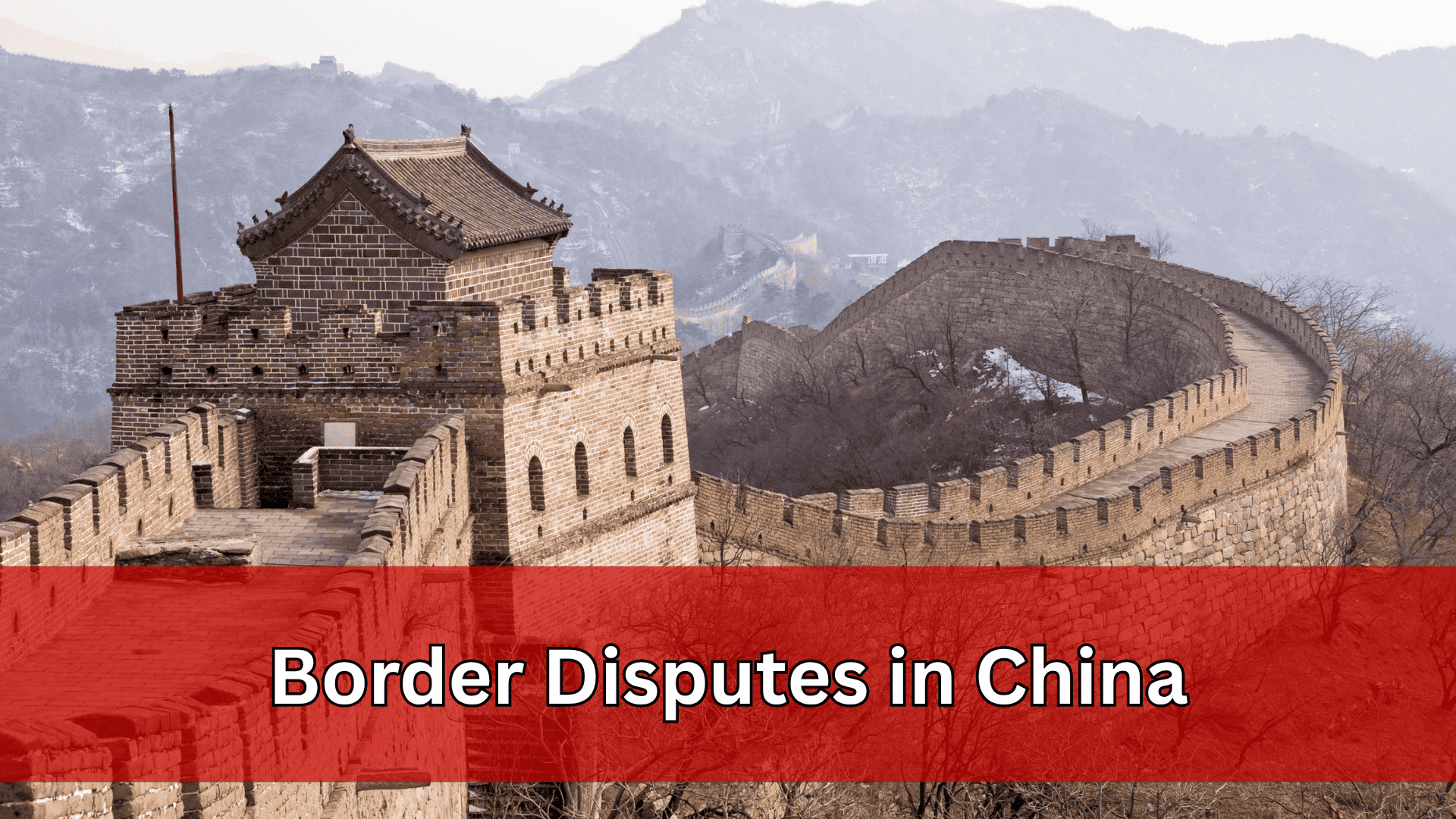China’s border disputes have long captured the world’s attention. From the towering Himalayas to the busy waters of the South China Sea, these disagreements shape not only China’s relationships with its neighbors but also global politics.
The term “border disputes China” refers to ongoing disagreements over land and maritime boundaries between China and its neighboring countries.
Many people searching for this topic want to know which countries are involved, why these conflicts exist, and what they mean for the future.
In this article, we’ll break down the facts in a simple, engaging way so you can easily understand the big picture. Keep reading to learn more about China’s border conflicts and how they affect the world today.
What Are China’s Border Disputes?
China’s border disputes refer to disagreements over land and sea boundaries with neighboring countries. These disputes often come from historical treaties, unclear borders, or competing claims over valuable resources.
China shares borders with 14 countries (CIA World Factbook, 2024) and has both land and maritime disputes. Some have been peacefully resolved, while others remain tense and complex.
📚 Also read: Dispute Resolution in China
China’s Neighbors and Disputed Borders

China’s border disputes vary in intensity and history. Some involve long-standing disagreements, while others are relatively minor or symbolic.
India and China: The Himalayan Standoff
The India-China border dispute is one of the most well-known and longest-running. The two main contested regions are Aksai Chin, controlled by China but claimed by India, and Arunachal Pradesh, controlled by India but claimed by China (U.S. Department of State; Indian Ministry of External Affairs).
Occasional clashes have taken place along the Line of Actual Control (LAC), most recently in 2020 in the Galwan Valley (BBC, Reuters). Both sides continue to hold diplomatic and military talks to reduce tensions.
China and Bhutan: Small Country, Big Tensions
China and Bhutan have no formal diplomatic relations, yet they share a sensitive border area. The Doklam Plateau became a flashpoint in 2017 when Chinese and Indian troops faced off near Bhutan’s territory (Ministry of Foreign Affairs of Bhutan; The Diplomat).
Negotiations continue, but the dispute remains unresolved because of its strategic location near India.
China and Russia: From Soviet-Era Disputes to Cooperation
In the past, China and the Soviet Union had several border clashes over islands in the Ussuri River and other areas.
These disputes were peacefully settled through agreements under the Treaty of Good-Neighborliness and Friendly Cooperation (Chinese Ministry of Foreign Affairs; Russian Foreign Ministry).
Today, China and Russia maintain stable borders and cooperative ties, showing how diplomacy can resolve long-standing issues.
China and Nepal: Minor Disagreements but No Major Dispute
China and Nepal officially state that there are no territorial disputes between them (Nepalese Ministry of Foreign Affairs, 2020; Chinese Ministry of Foreign Affairs).
However, small technical disagreements occasionally arise over border pillar placement and mapping. These issues are handled through joint technical discussions rather than political conflict.
Maritime Disputes: China’s Conflicts Beyond the Land

China’s disputes are not limited to land borders. Some of its most sensitive conflicts occur at sea, where maritime boundaries are often unclear and rich in natural resources.
The South China Sea Dispute Explained
The South China Sea dispute involves overlapping territorial claims by China, the Philippines, Vietnam, Malaysia, Brunei, and Indonesia (U.S. Department of Defense; UNCLOS). China bases its claim on the “Nine-Dash Line”, which covers most of the sea.
This area is crucial because it contains major shipping routes, oil and gas reserves, and abundant fishing grounds. In 2016, the Permanent Court of Arbitration (PCA) ruled in favor of the Philippines, rejecting China’s expansive claims (PCA Case No. 2013-19).
Despite this, China continues to build artificial islands and military installations in disputed areas (CSIS Asia Maritime Transparency Initiative).
📚 Also read: China Cross-Border Enforcement
East China Sea Tensions: The Diaoyu/Senkaku Islands
In the East China Sea, China and Japan dispute ownership of the Diaoyu (Senkaku) Islands. The islands are uninhabited but strategically important due to their location and potential natural resources.
Japan currently administers them, but both China and Taiwan claim sovereignty (U.S. Department of State, “Limits in the Seas No. 143”). The disagreement has led to frequent patrols and diplomatic protests, though both sides have avoided direct military conflict.
Why Does China Have So Many Border Disputes?
China’s border disputes are deeply rooted in history and national identity. Many of these disagreements stem from unequal treaties signed during the Qing dynasty or colonial periods, which China later viewed as unjust (Brookings Institution; Council on Foreign Relations).
There are also strategic reasons:
- Control over border areas provides access to natural resources and trade routes.
- Maintaining territorial claims supports national security and geopolitical influence.
- Defending sovereignty reinforces national pride and political legitimacy within China.
China has resolved most of its 17 historical land border disputes, settling all but one through peaceful negotiation (Harvard Belfer Center, 2018). This demonstrates that diplomacy remains a central tool in China’s border strategy.
📚 Also read: Alternative Dispute Resolution in China
How China Manages Its Border Disputes

China uses a combination of diplomacy, negotiation, and strategic presence to manage its border issues. While many disputes have been settled peacefully, others remain ongoing due to their strategic importance.
Diplomatic Negotiations and Treaties
China has resolved most of its land border disputes through bilateral agreements (Harvard Belfer Center, 2018). It reached peaceful settlements with Russia, Kazakhstan, and Vietnam, showing a preference for negotiation when mutual benefits exist.
Military Presence and Infrastructure
In more sensitive areas such as the Himalayas, China strengthens its position by building roads, military bases, and small settlements (U.S. Department of Defense Annual China Report, 2023). This allows China to maintain control and respond quickly to tensions along disputed borders.
Use of “Gray Zone” Tactics
China also uses non-military strategies to assert control, such as deploying coast guard ships, fishing fleets, and civilian infrastructure in disputed maritime zones (RAND Corporation; CSIS AMTI). These tactics expand China’s influence without triggering open military conflict.
📚 Also read: China International Arbitration
The Global Impact of China’s Border Disputes
China’s border disputes affect not only its neighbors but also global trade and security. The South China Sea carries nearly one-third of global shipping traffic (UNCTAD, 2022). Any instability there can disrupt international trade routes and impact global energy prices.
These disputes also influence global alliances. Countries like the United States, Japan, and Australia often support nations opposing China’s maritime claims, leading to broader geopolitical tensions (U.S. Indo-Pacific Command). The outcome of these disputes will continue to shape Asia’s political and economic landscape.
Conclusion
China’s border disputes are complex but fascinating, touching on history, geography, and international politics. From the Himalayas to the South China Sea, these conflicts continue to shape global relations and regional stability.
For more helpful guides about border disputes, international law, and other legal issues, check out China Legal Experts blogs and resources.
If you ever need professional help, advice, or legal support related to border or international matters, consider reaching out to Choi & Partners, a trusted firm experienced in handling complex legal challenges.
Frequently Asked Questions About China’s Border Disputes
How many border disputes does China have?
China has several border disputes, both on land and at sea. On land, it has disagreements with India and Bhutan, while at sea, it faces disputes in the South and East China Seas. Some of these have been resolved through treaties, but others remain ongoing.
What is the dispute in the South China Sea?
The South China Sea dispute involves overlapping claims from China and several Southeast Asian nations. The area is valuable for its natural resources and trade routes. China’s “Nine-Dash Line” claim covers most of the sea, which other countries and international courts do not recognize.
What country is China trying to claim?
China claims territories it considers historically or culturally linked to its past empires. These include areas controlled by India, parts of Bhutan, and islands in the South and East China Seas. The goal is to secure what China views as its rightful boundaries.
Why doesn’t China take in immigrants?
China’s immigration policies are strict due to population size, economic planning, and national security concerns. The government focuses on maintaining stability and prioritizing domestic employment. Immigration is limited compared to many Western countries.
What is the main reason for most border disputes?
Most border disputes arise from unclear historical boundaries, colonial-era treaties, and competition for natural resources. Geography and national identity also play major roles. When multiple countries claim the same area, disagreements are almost inevitable.
Subscribe to receive updates
Subscribe to receive the latest blog posts to your inbox every week.



